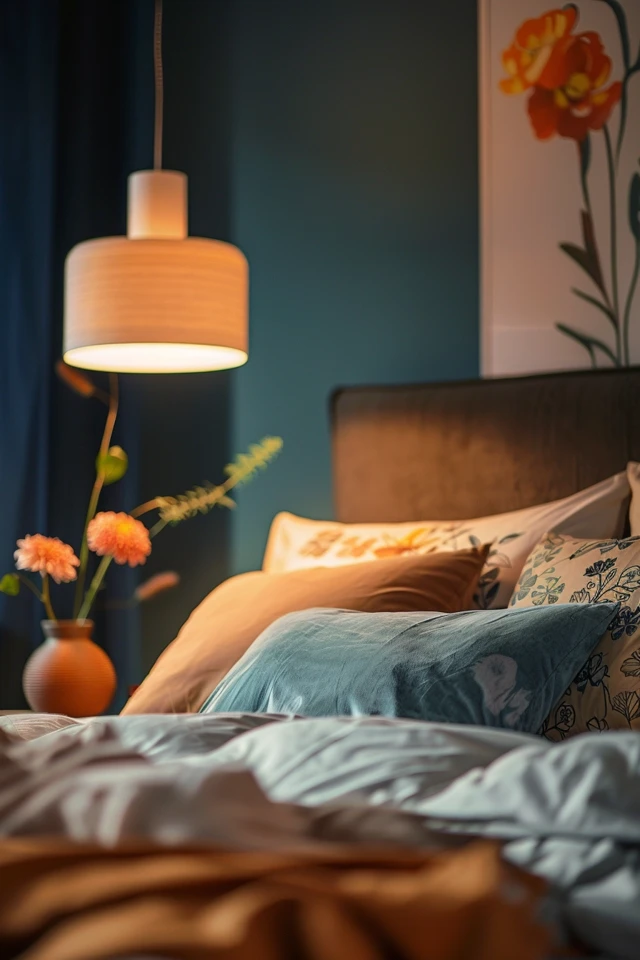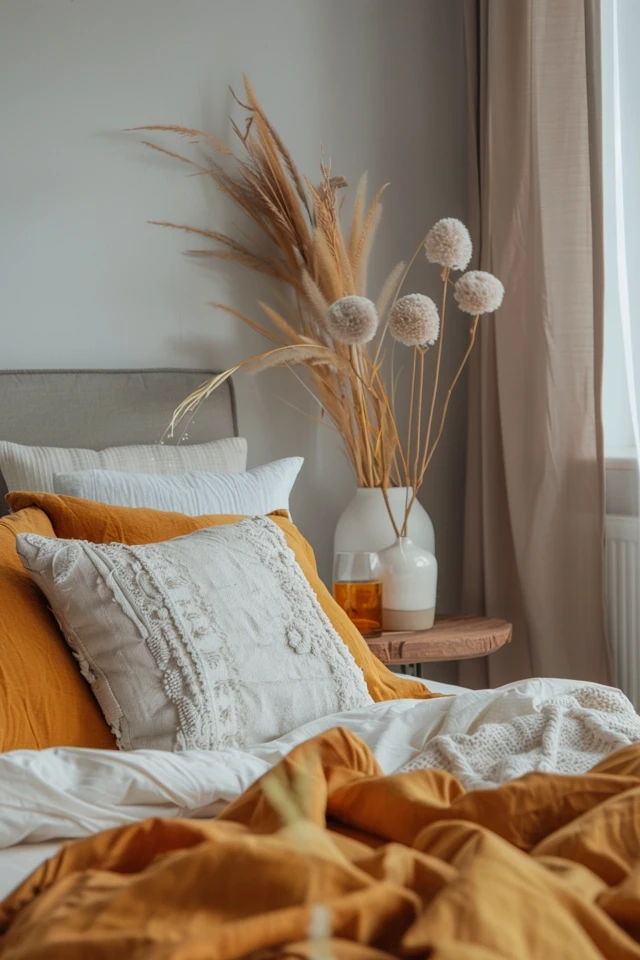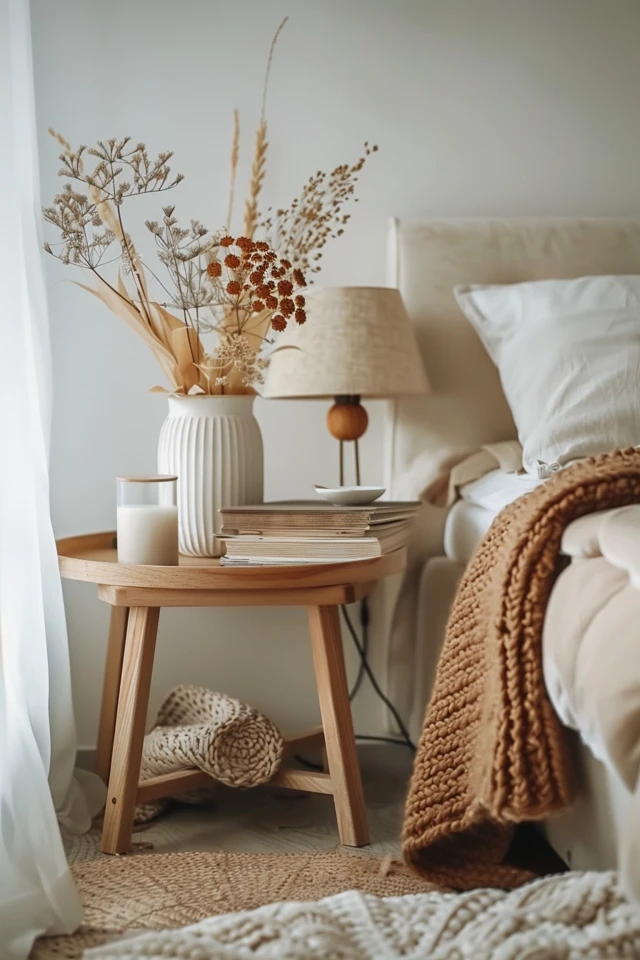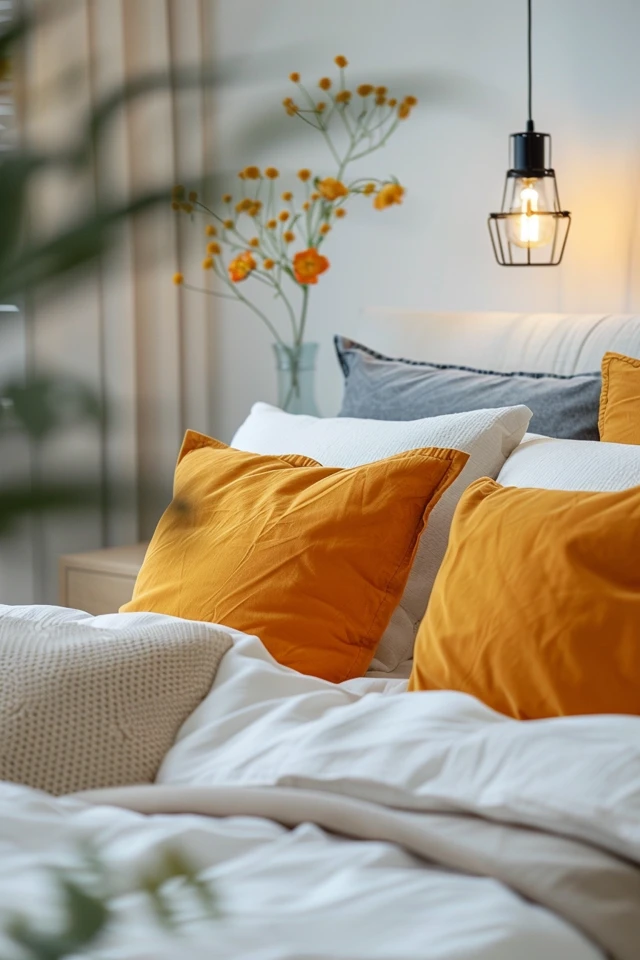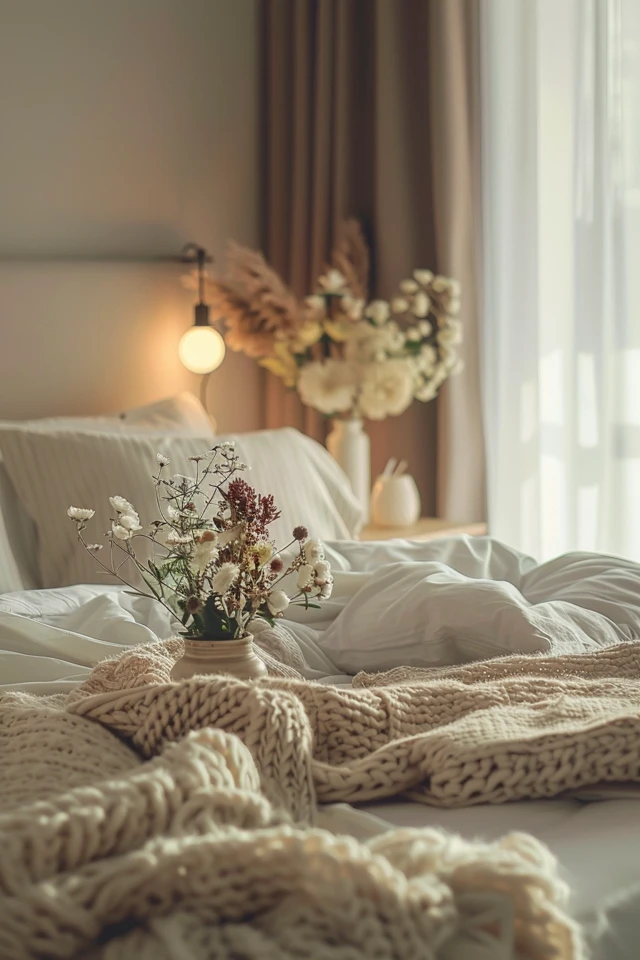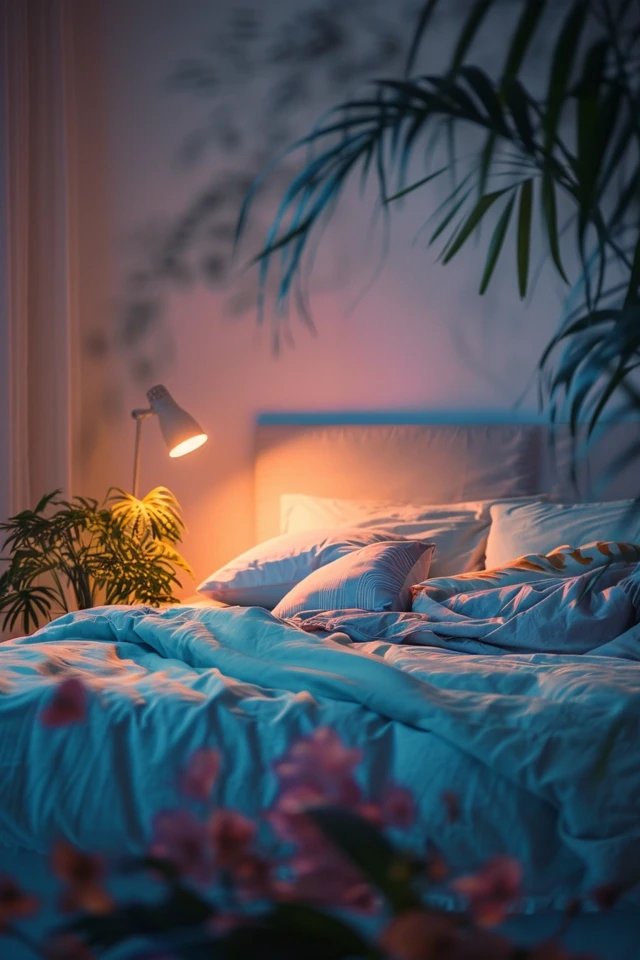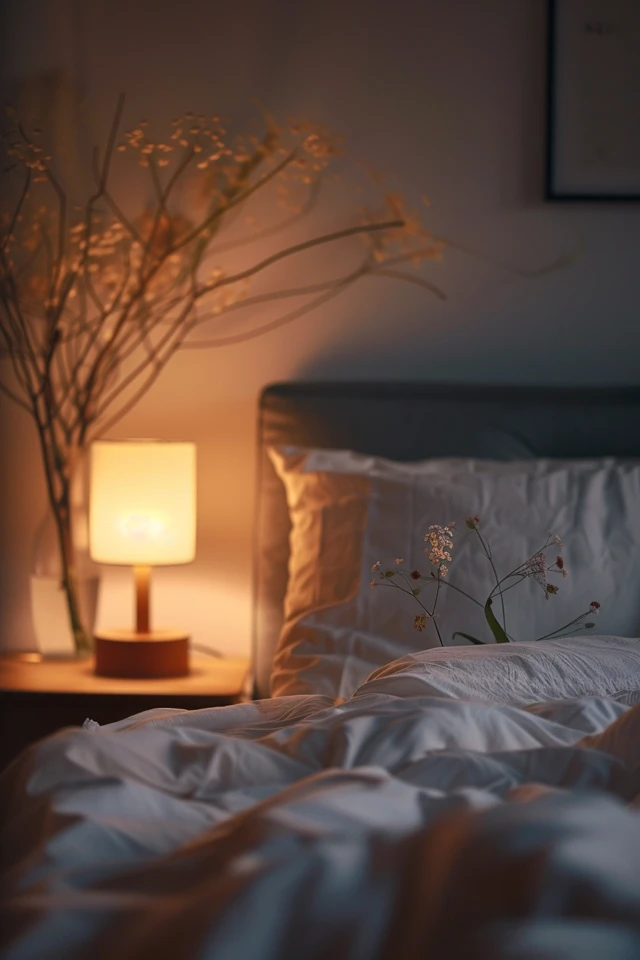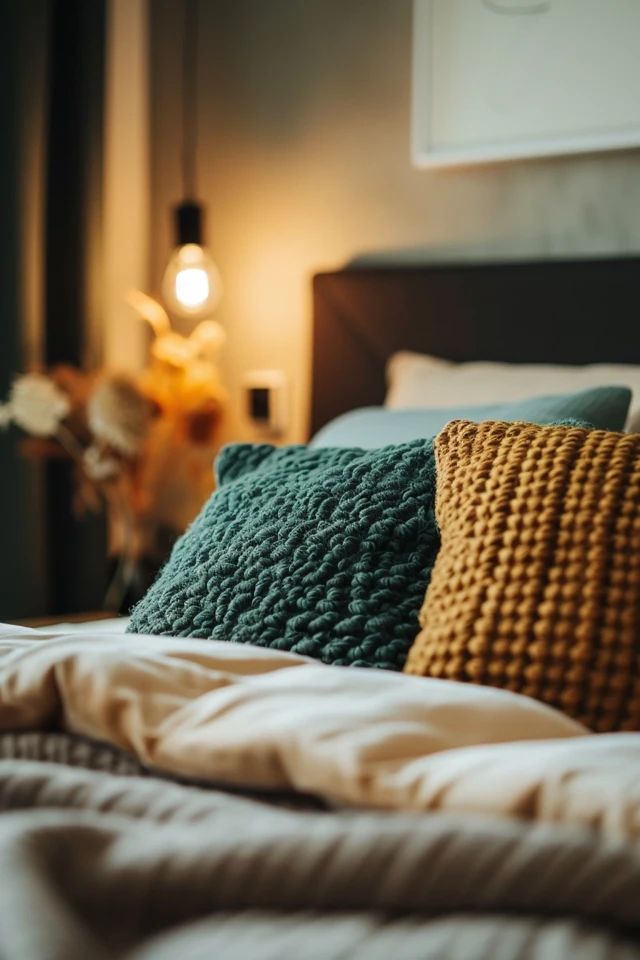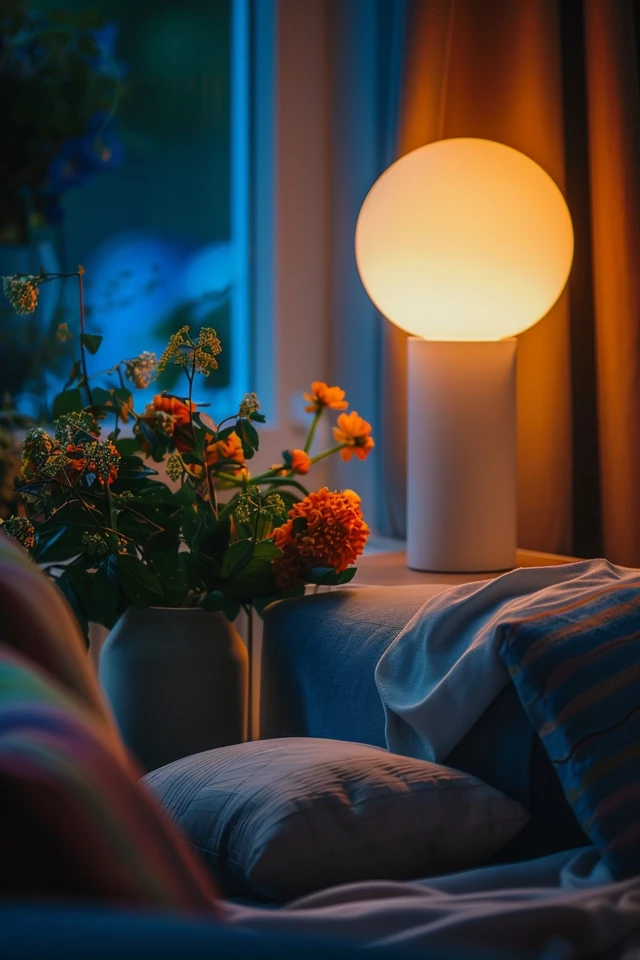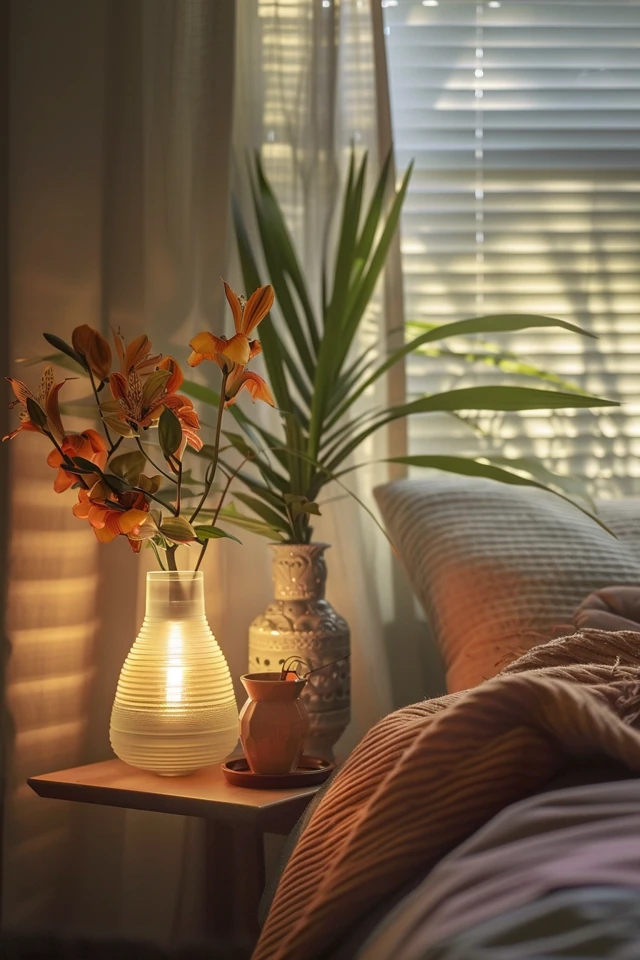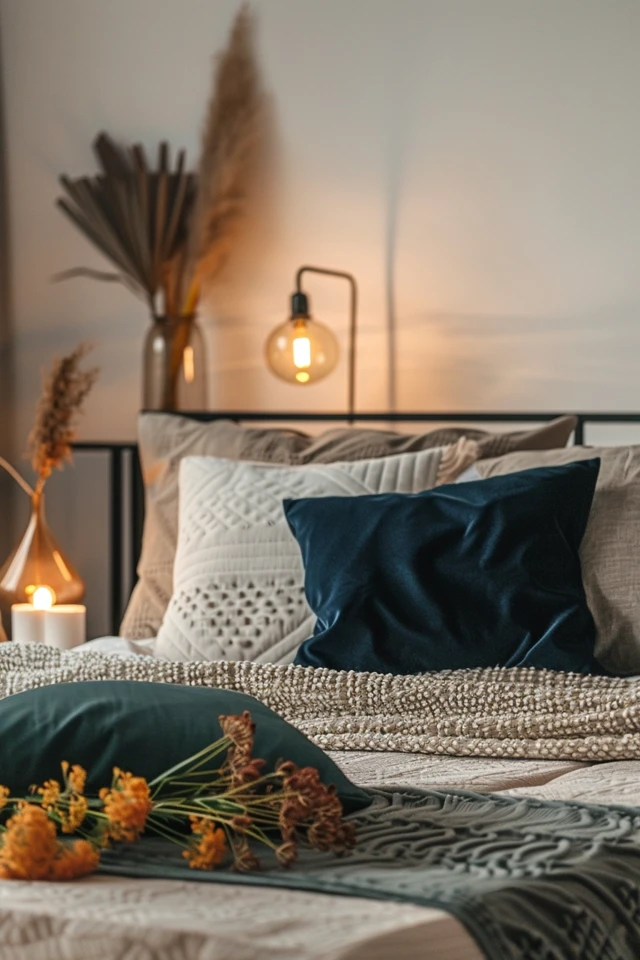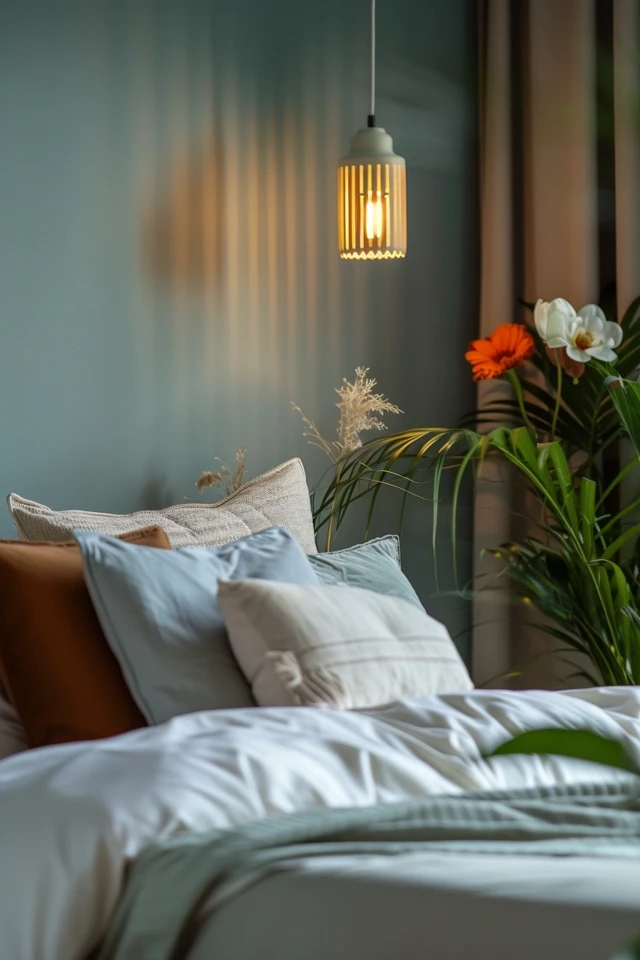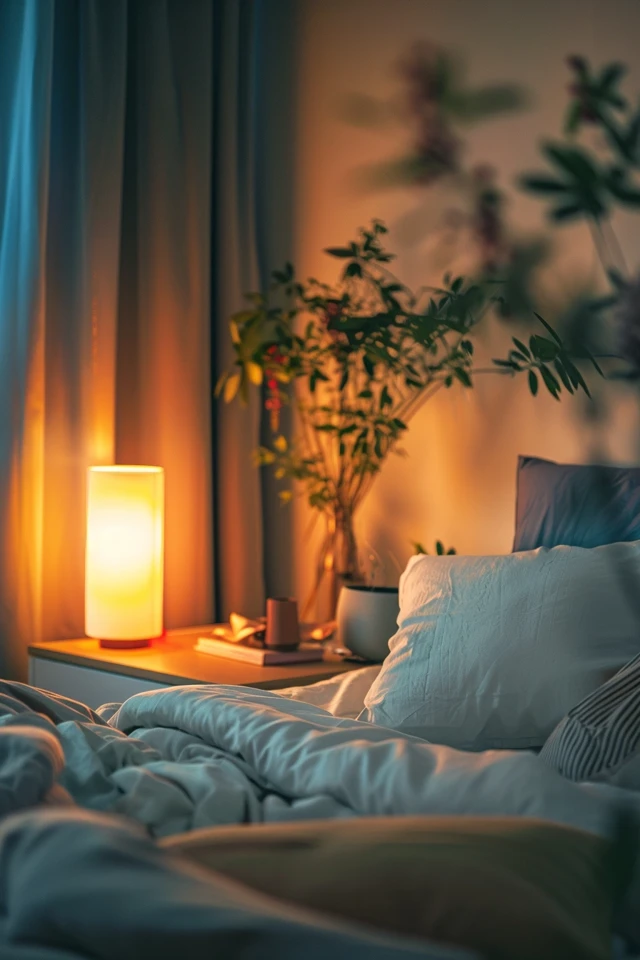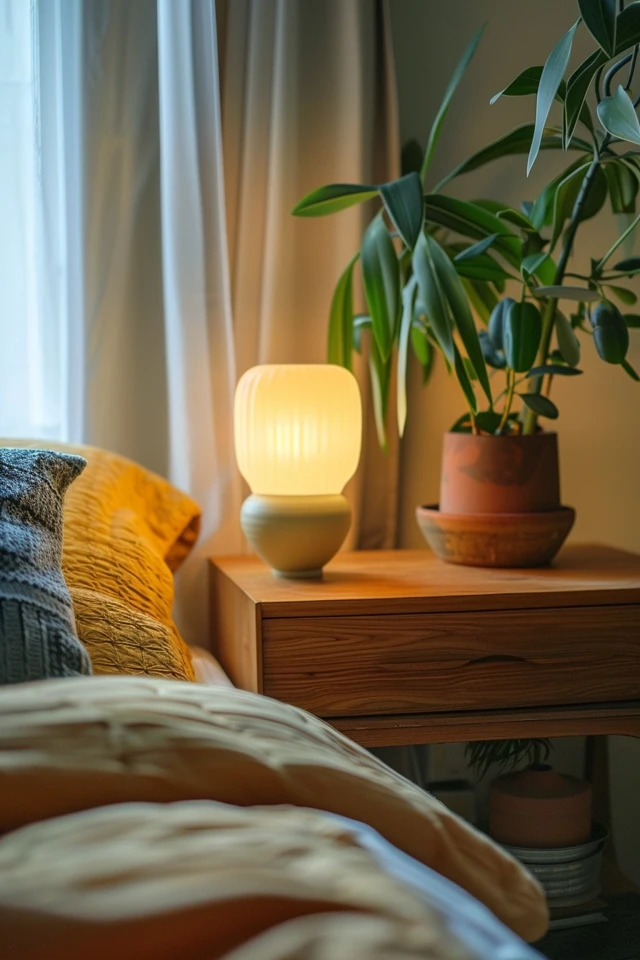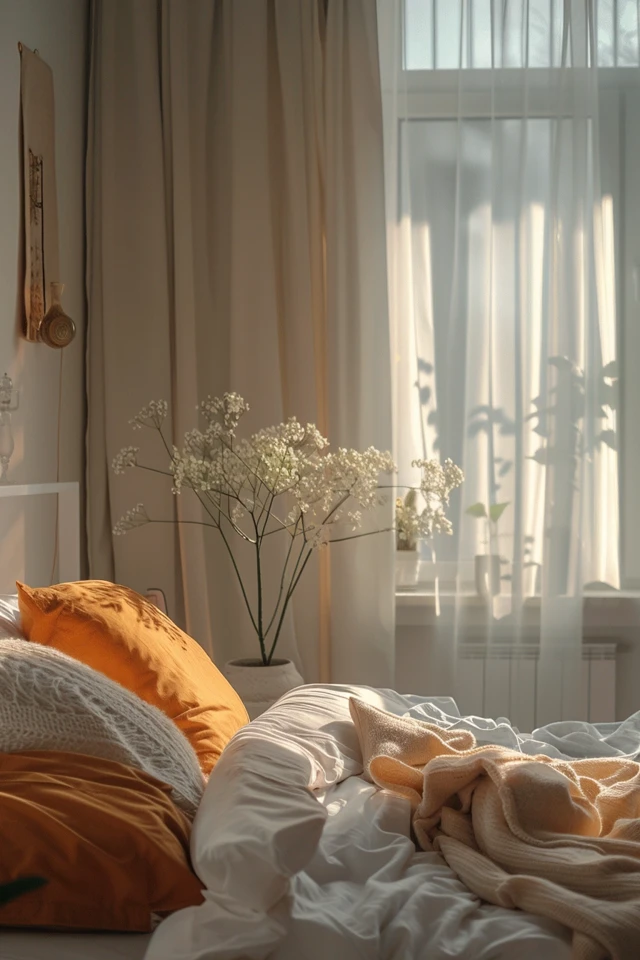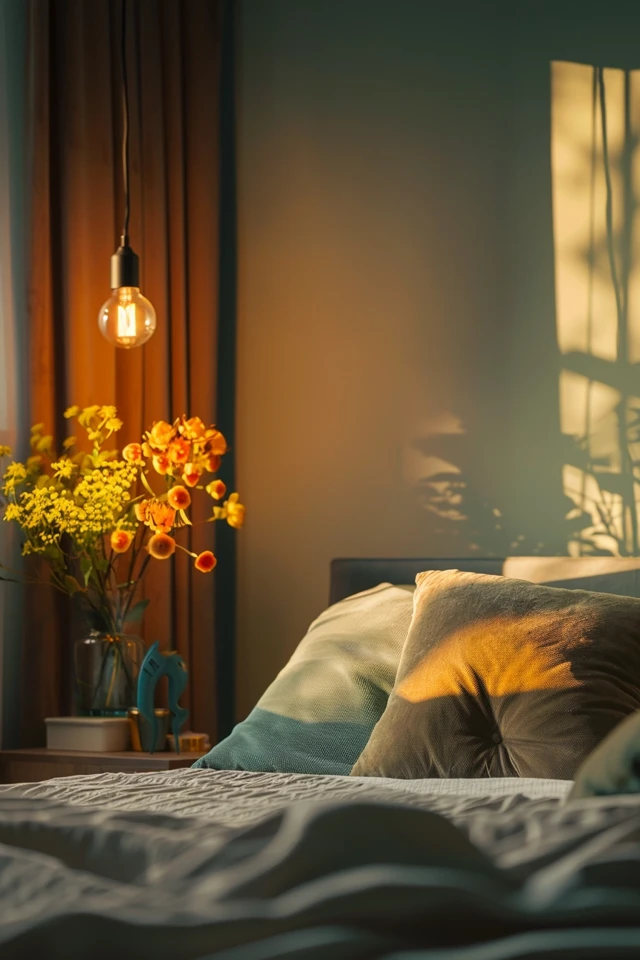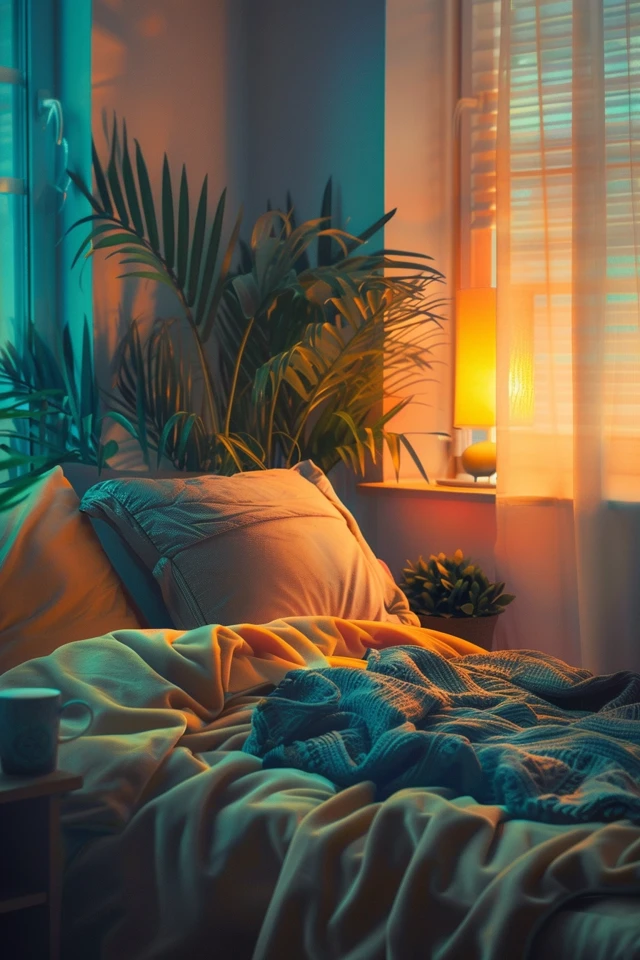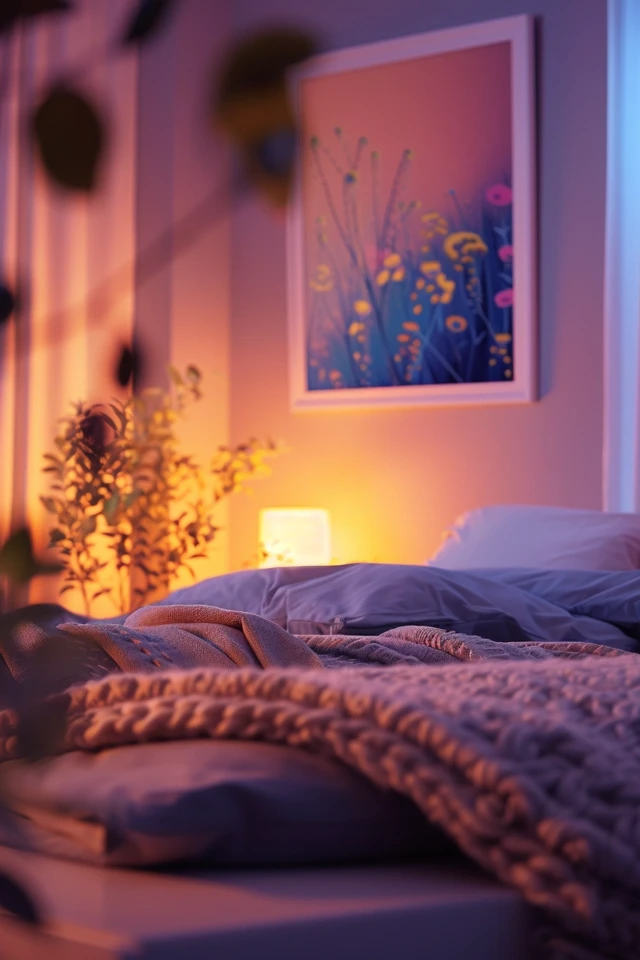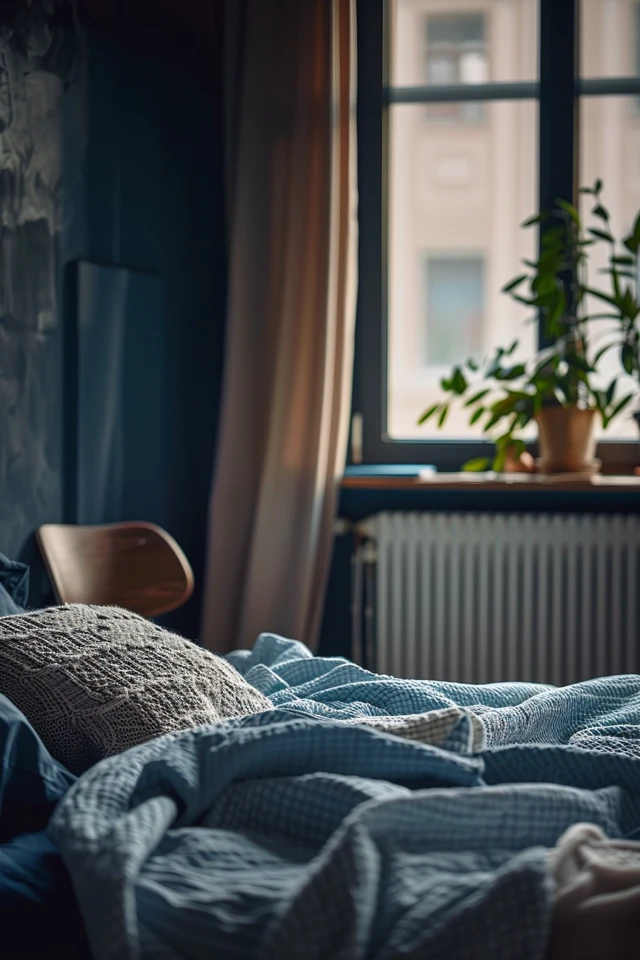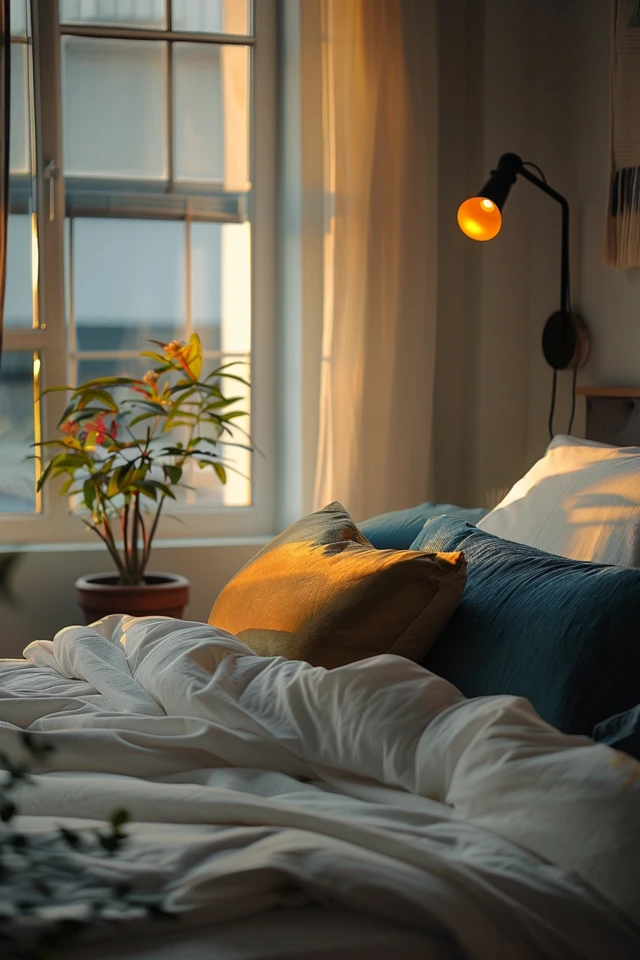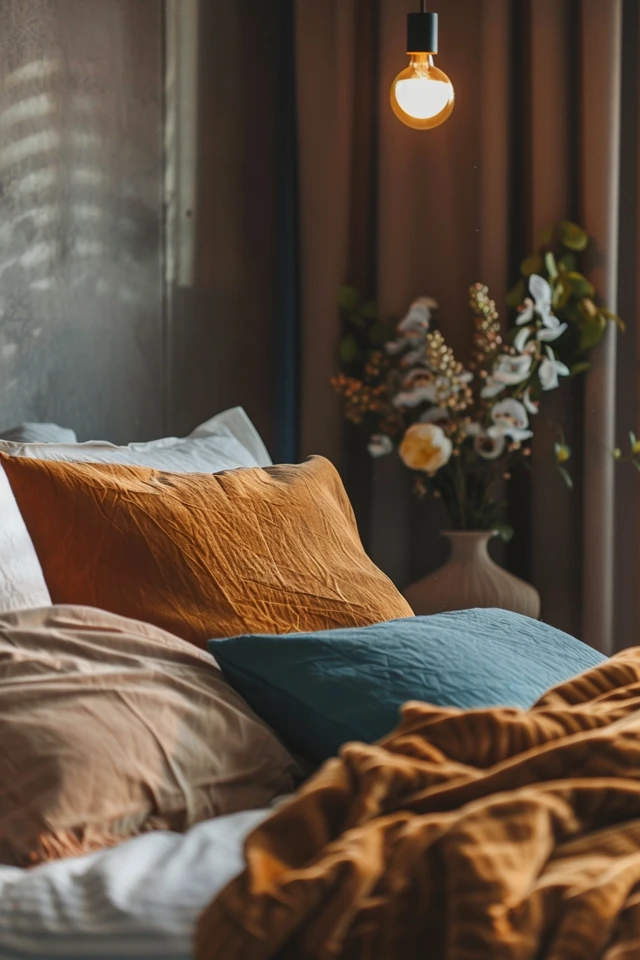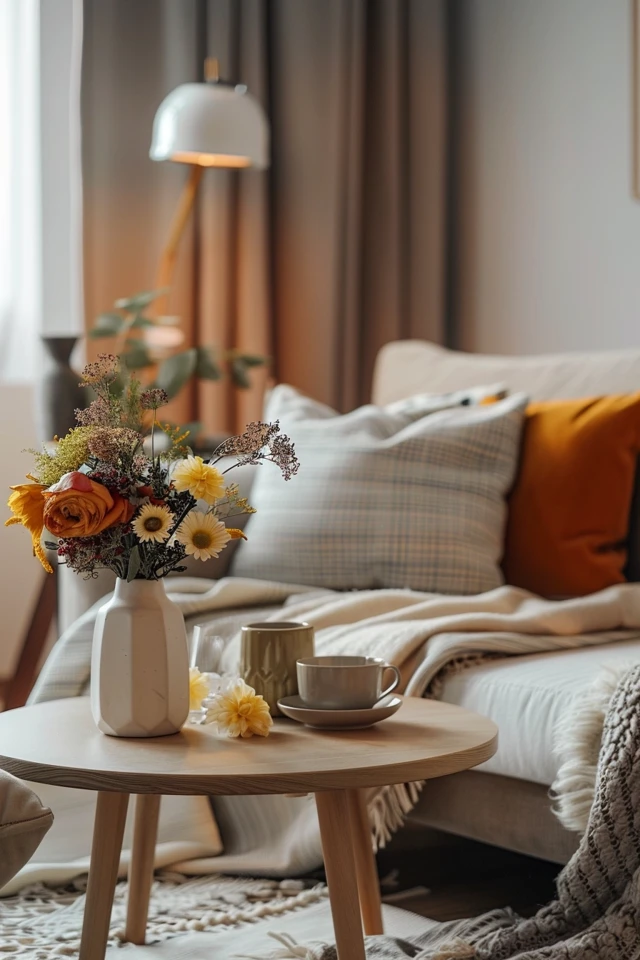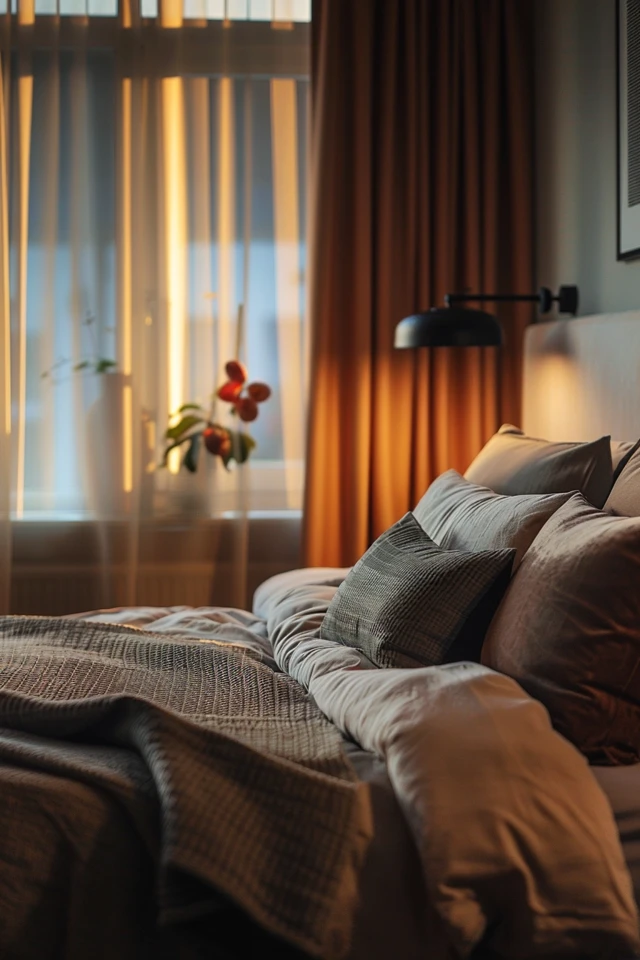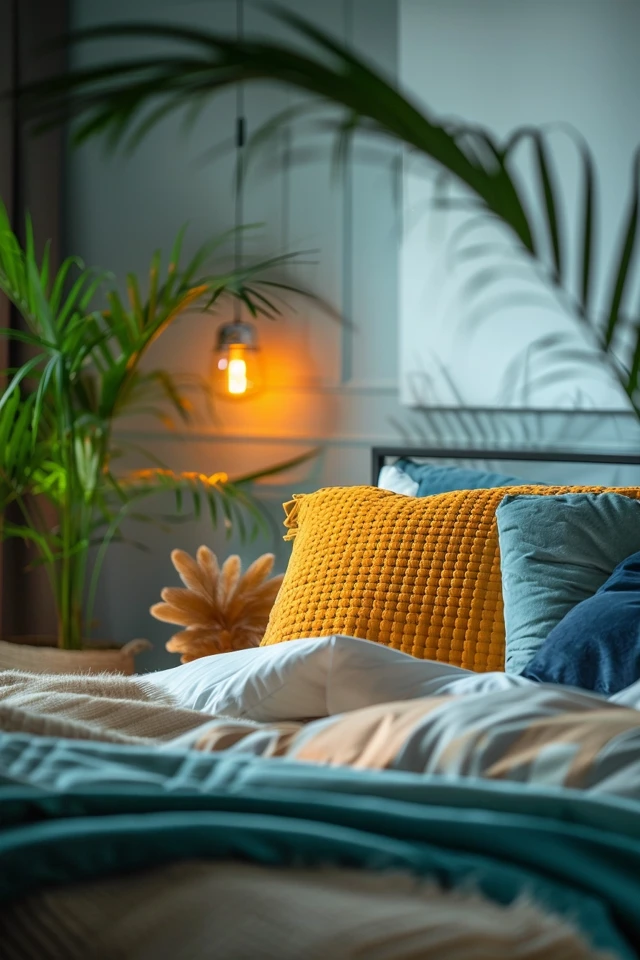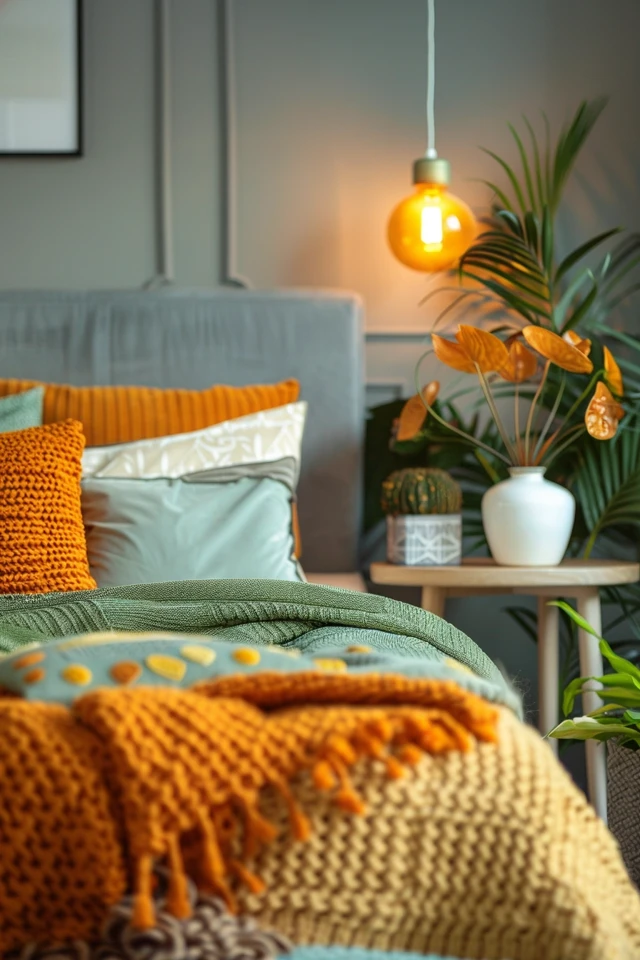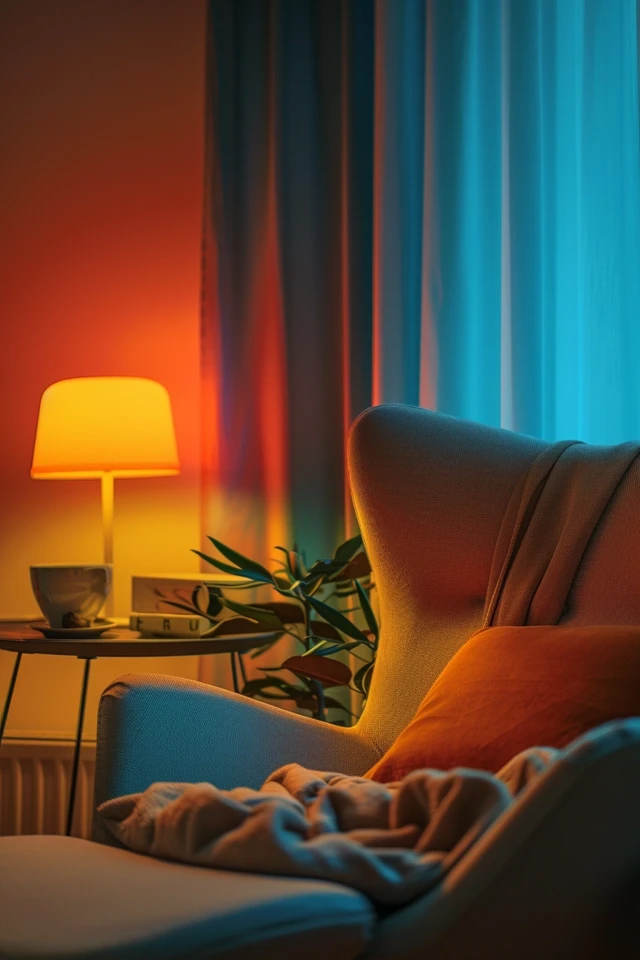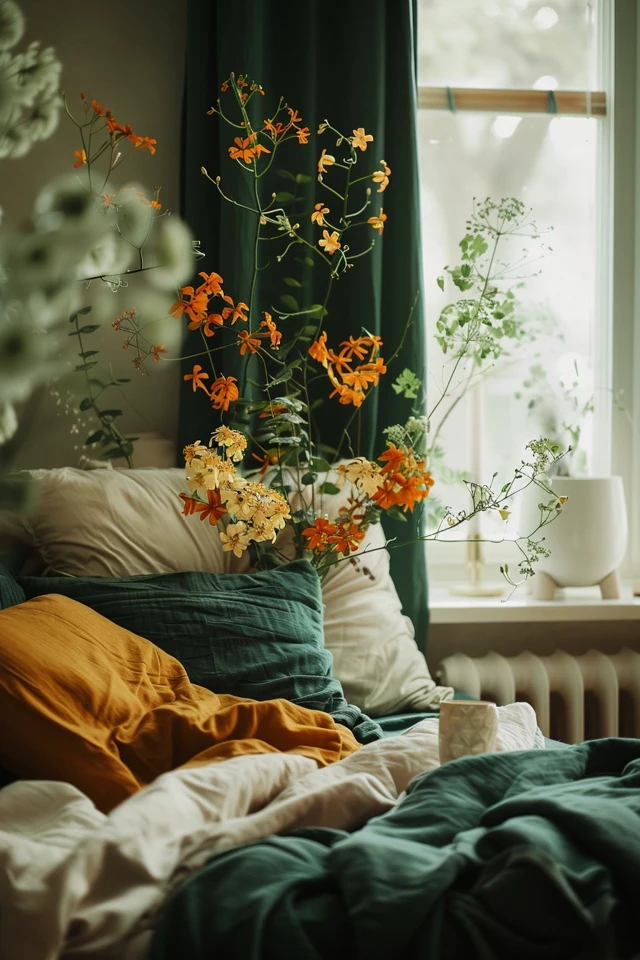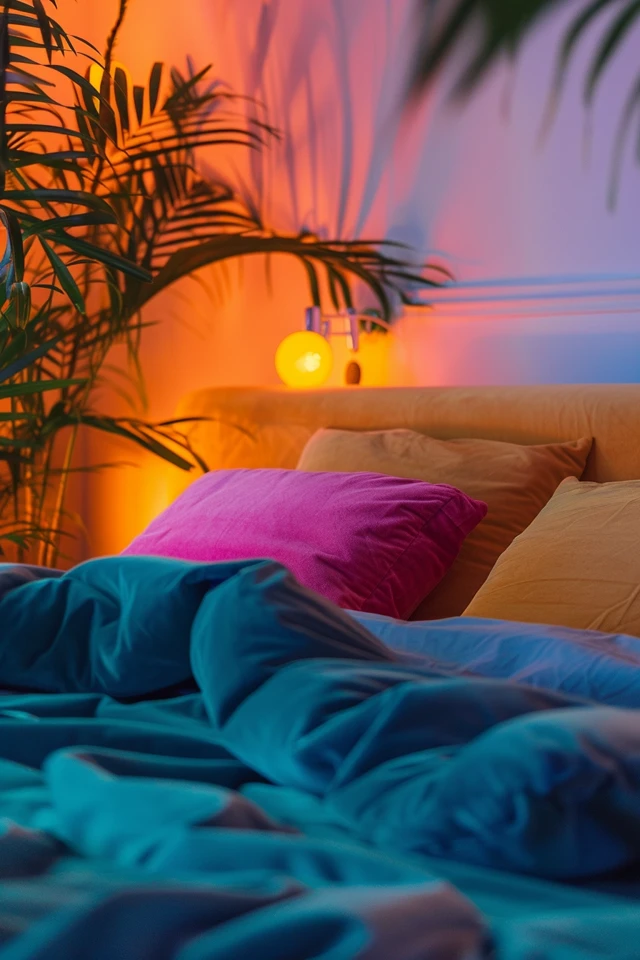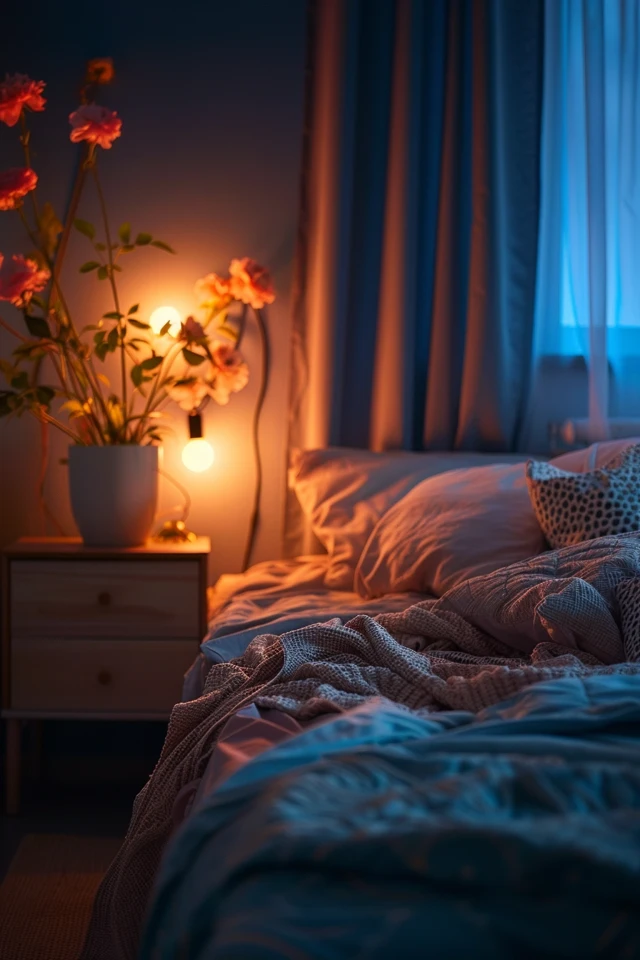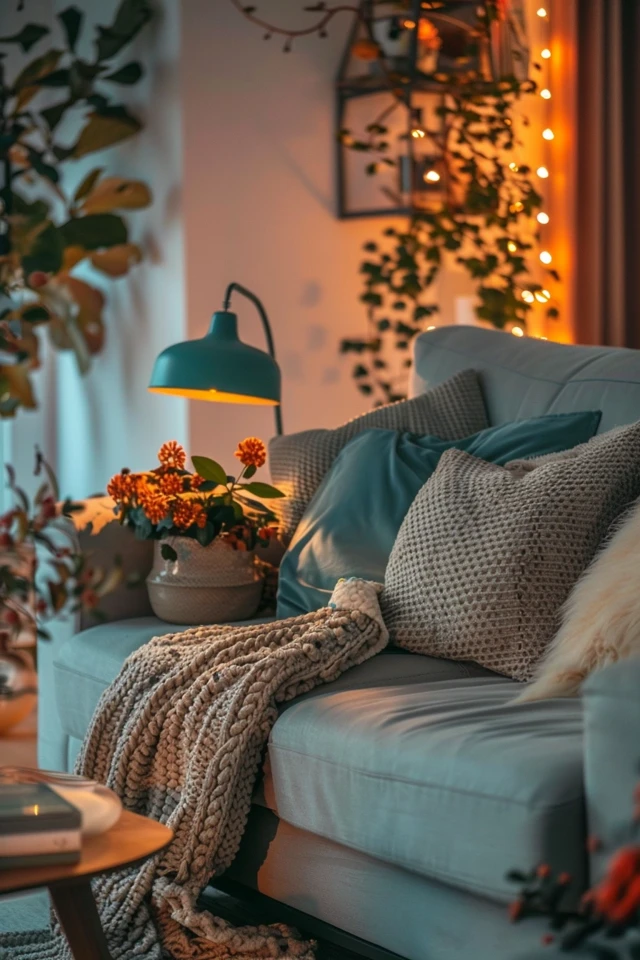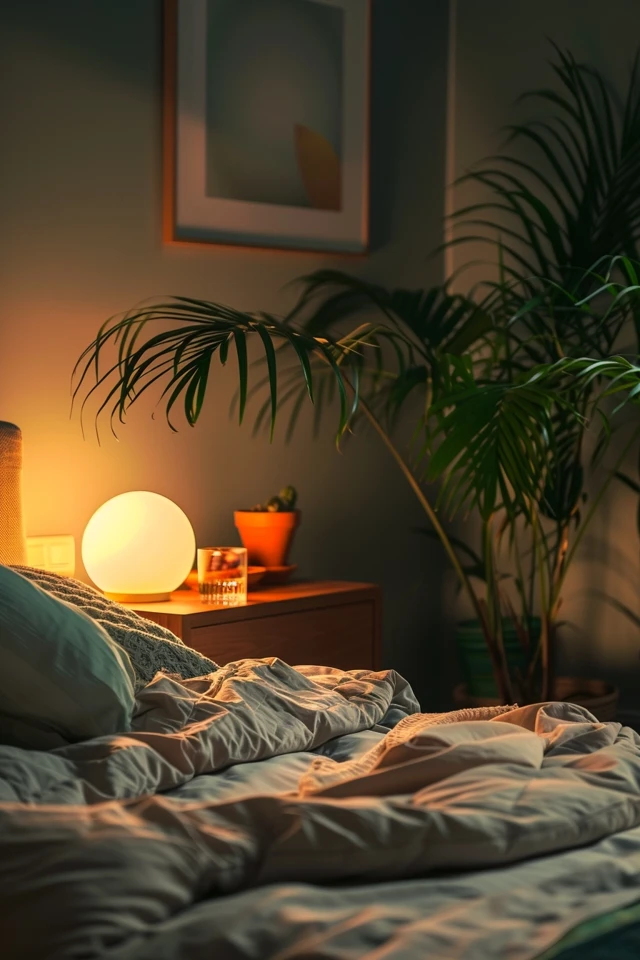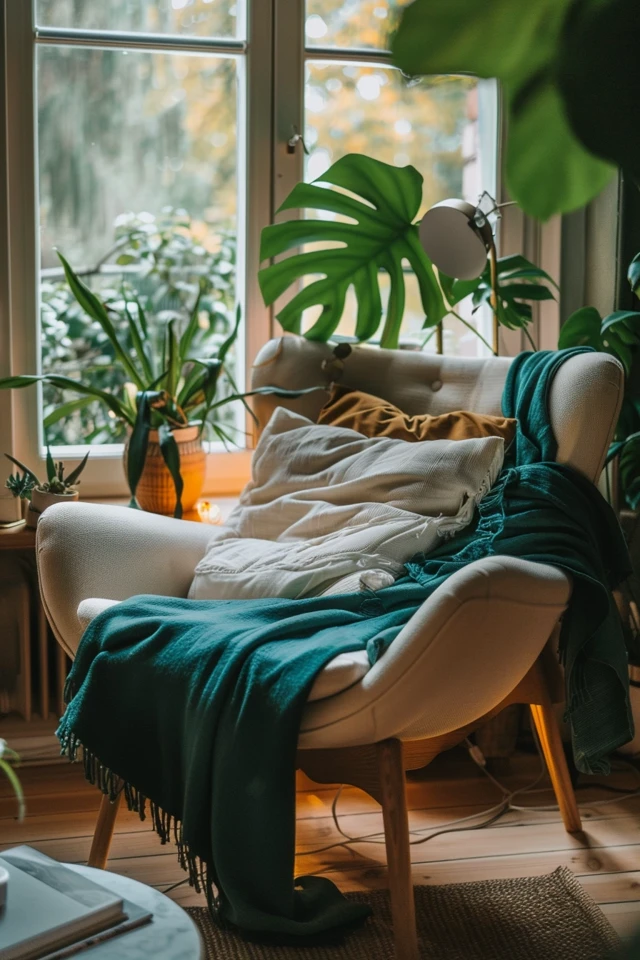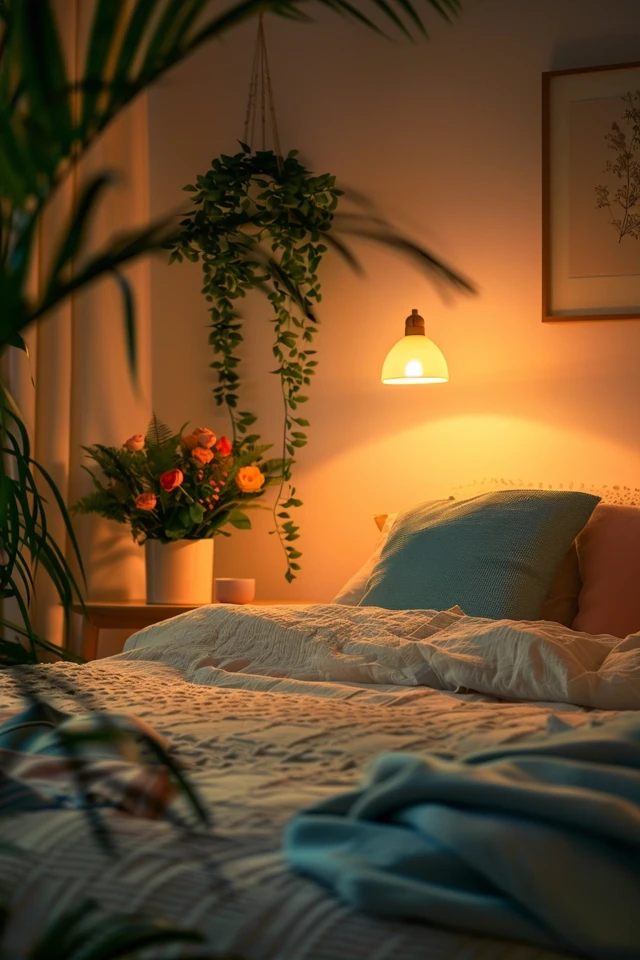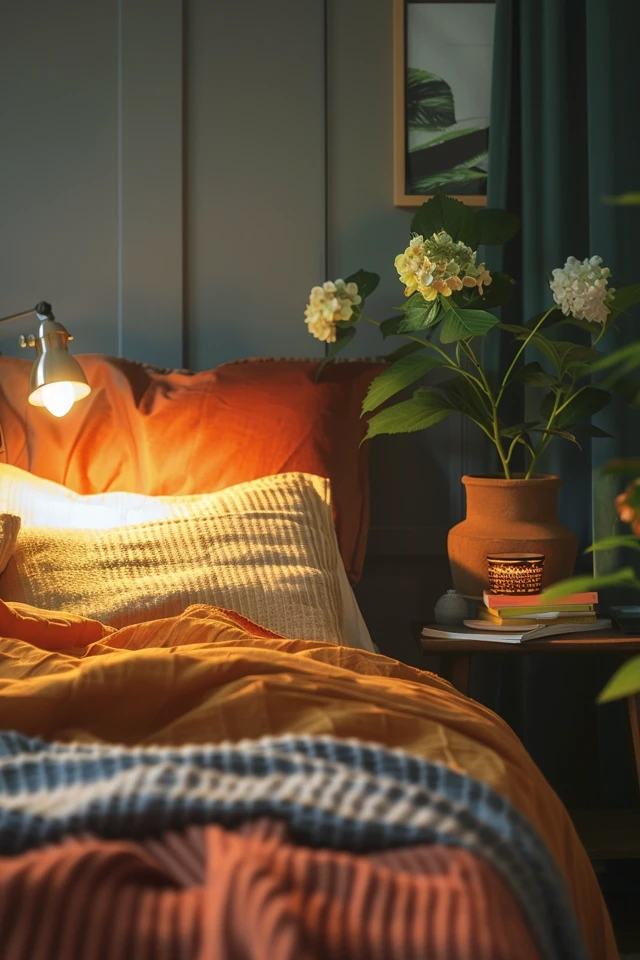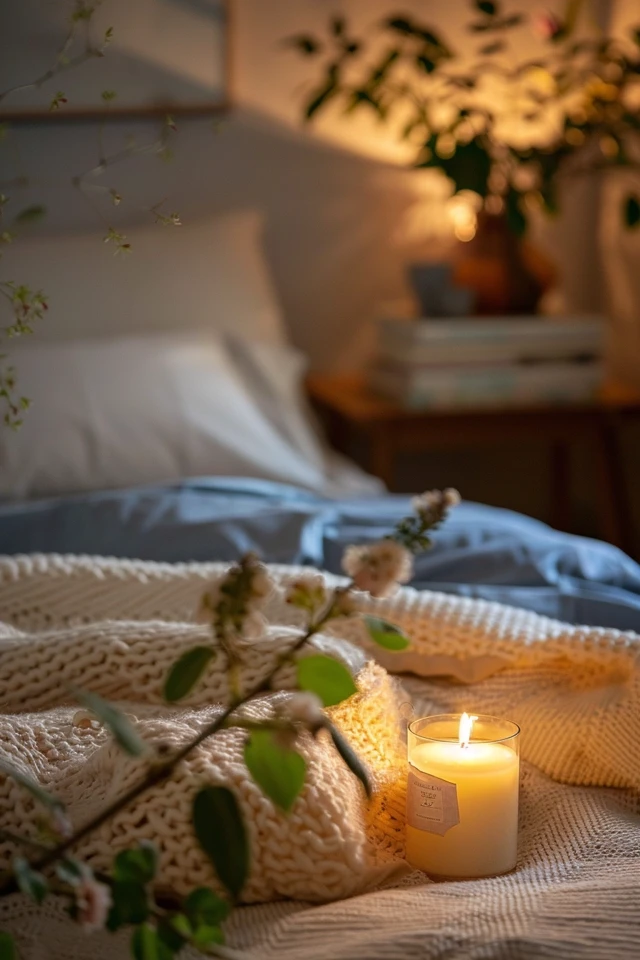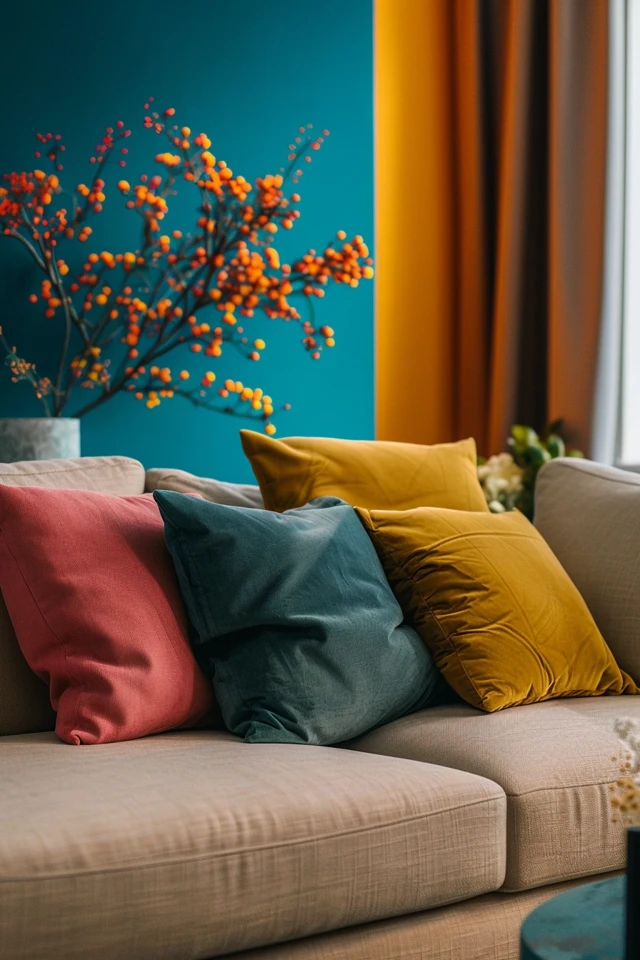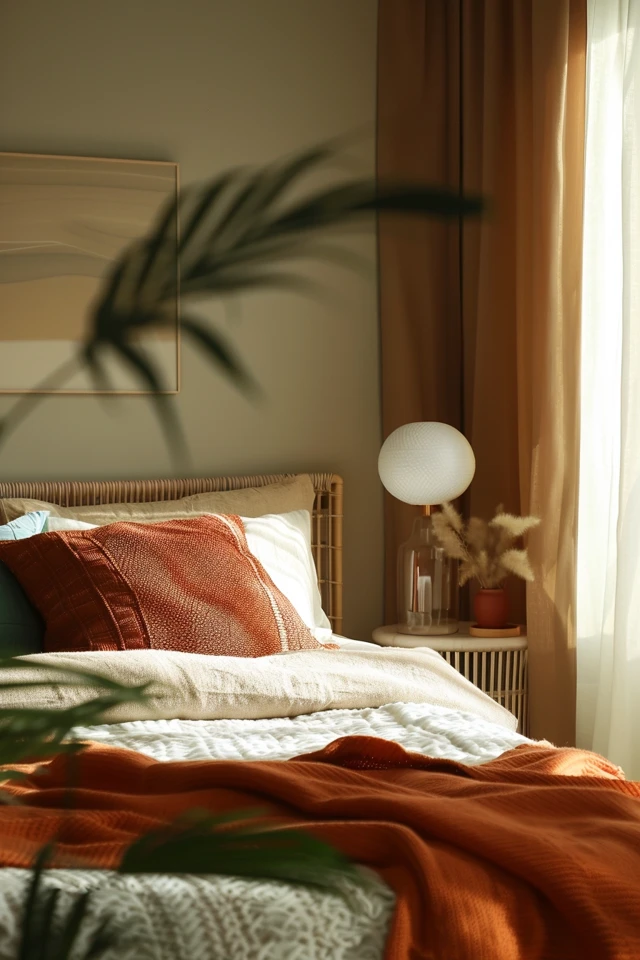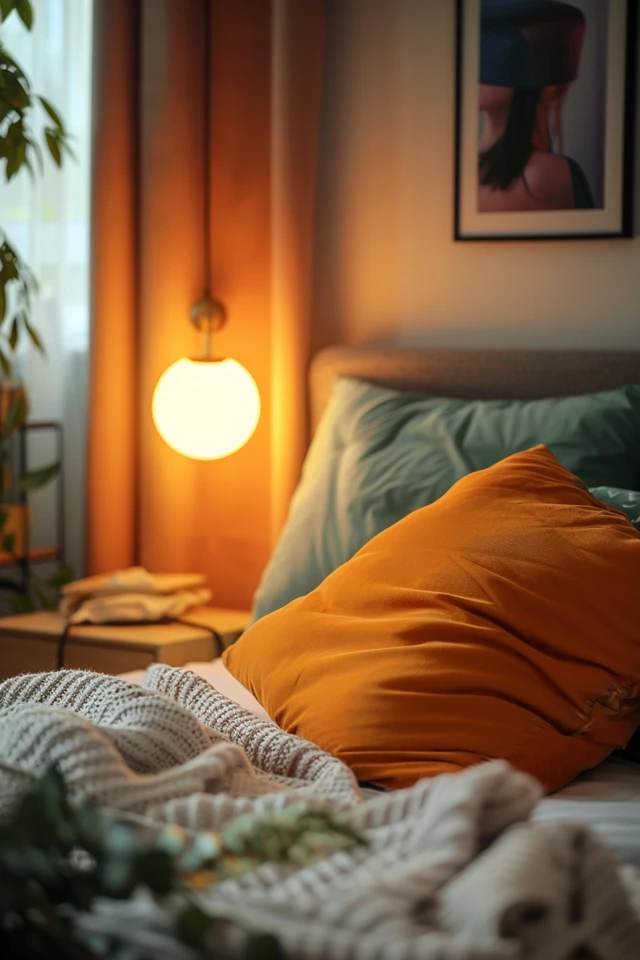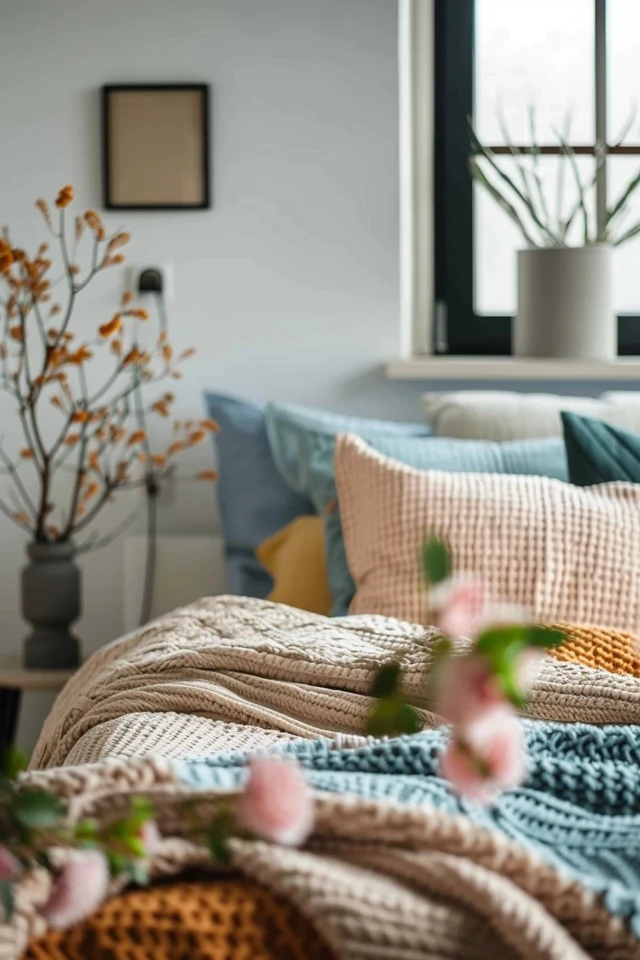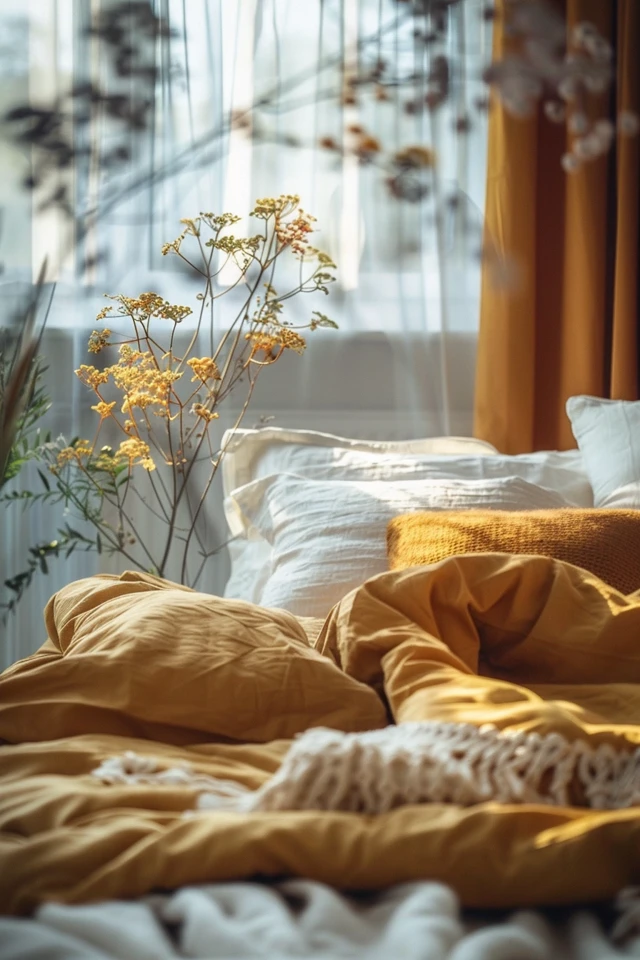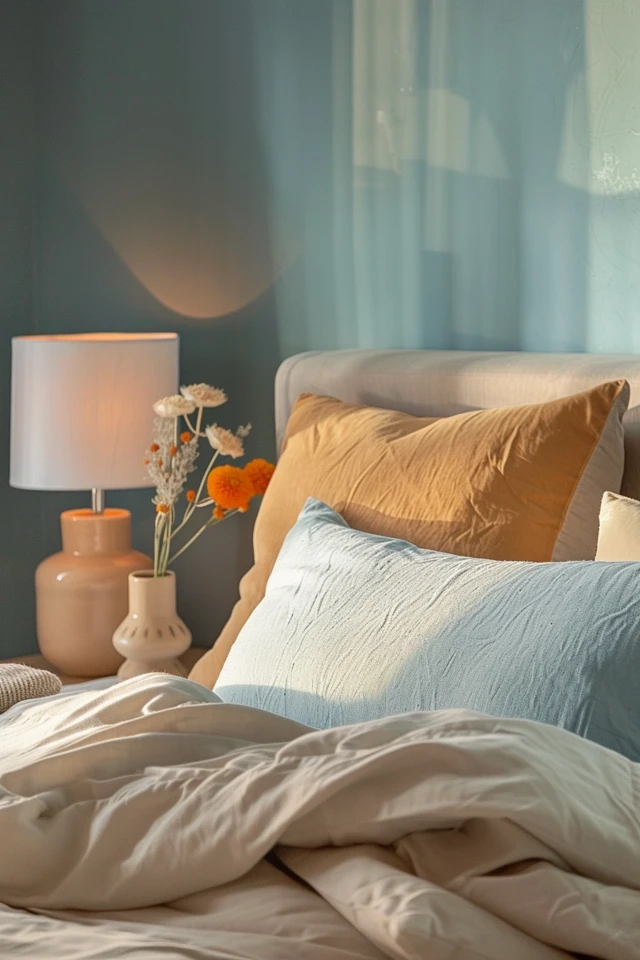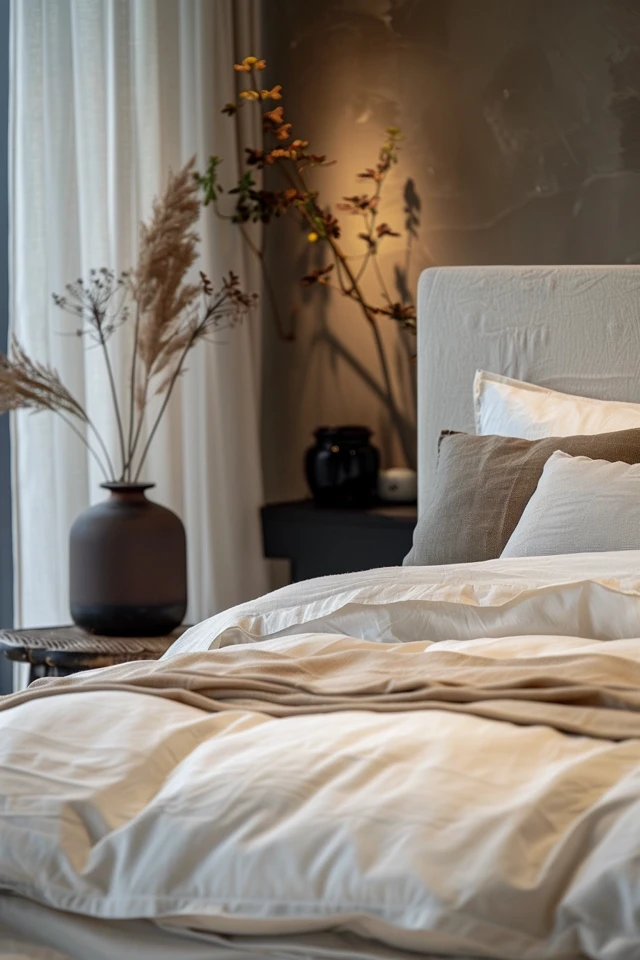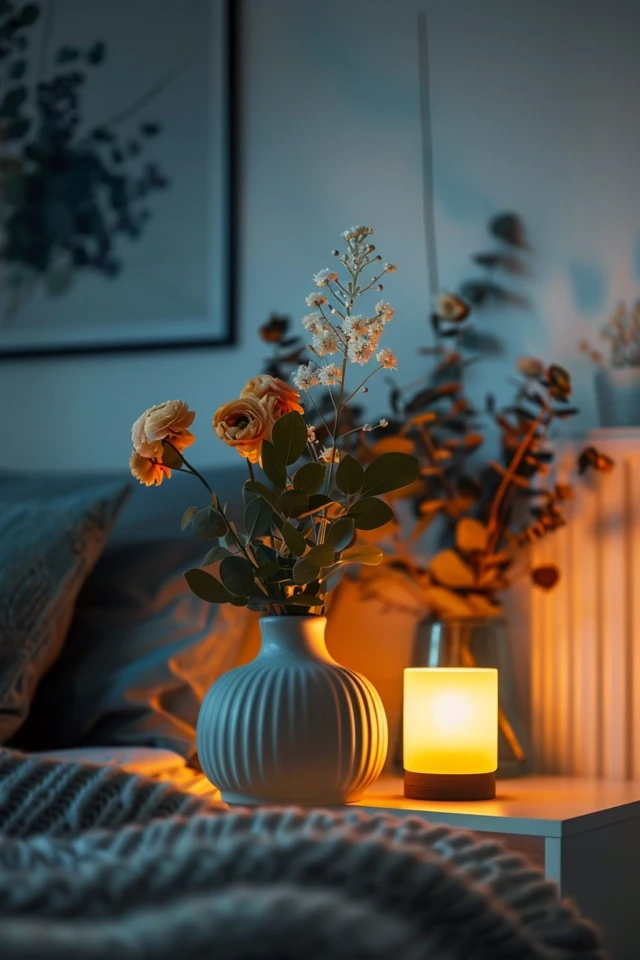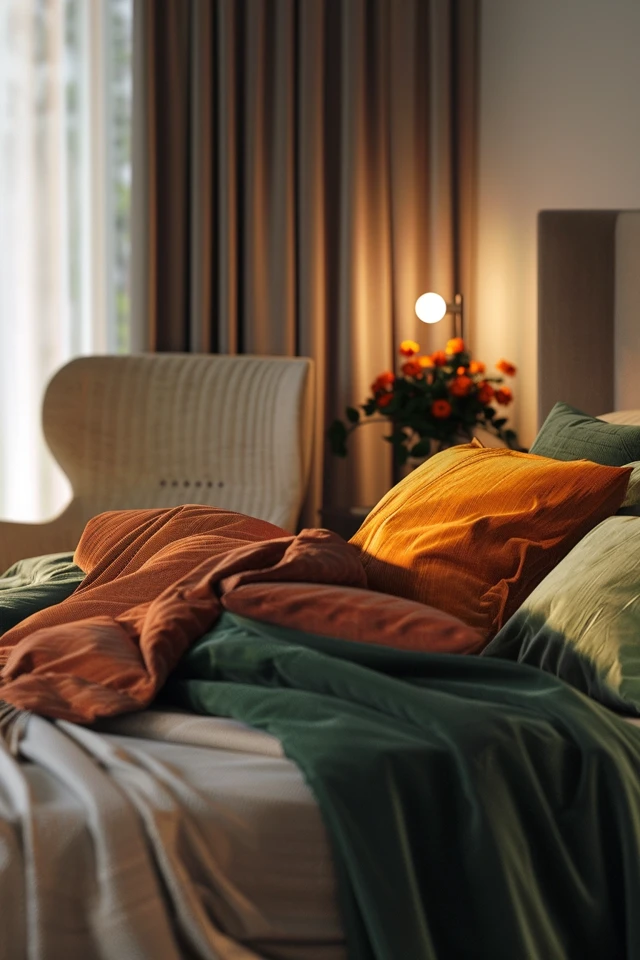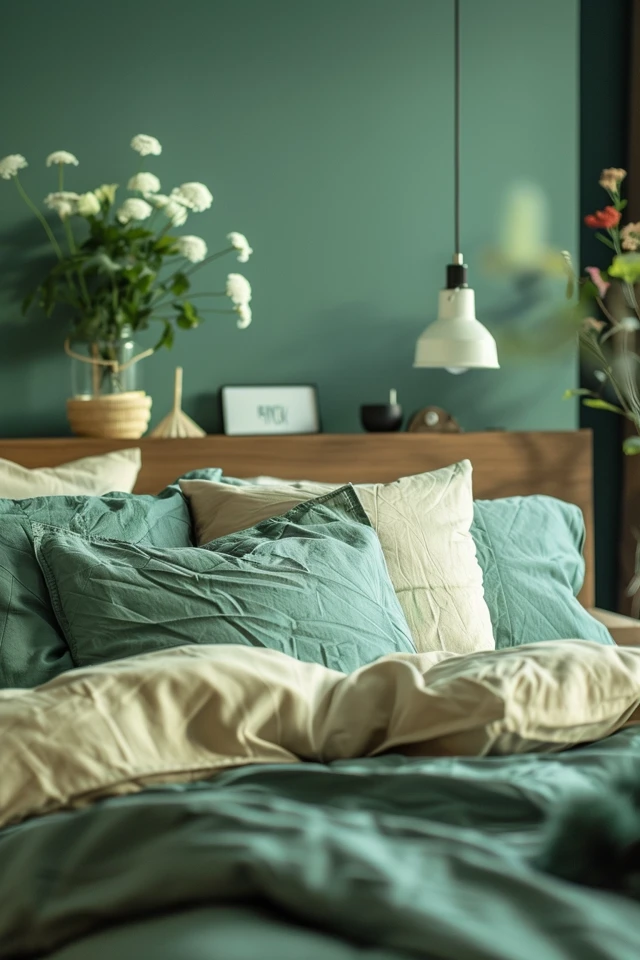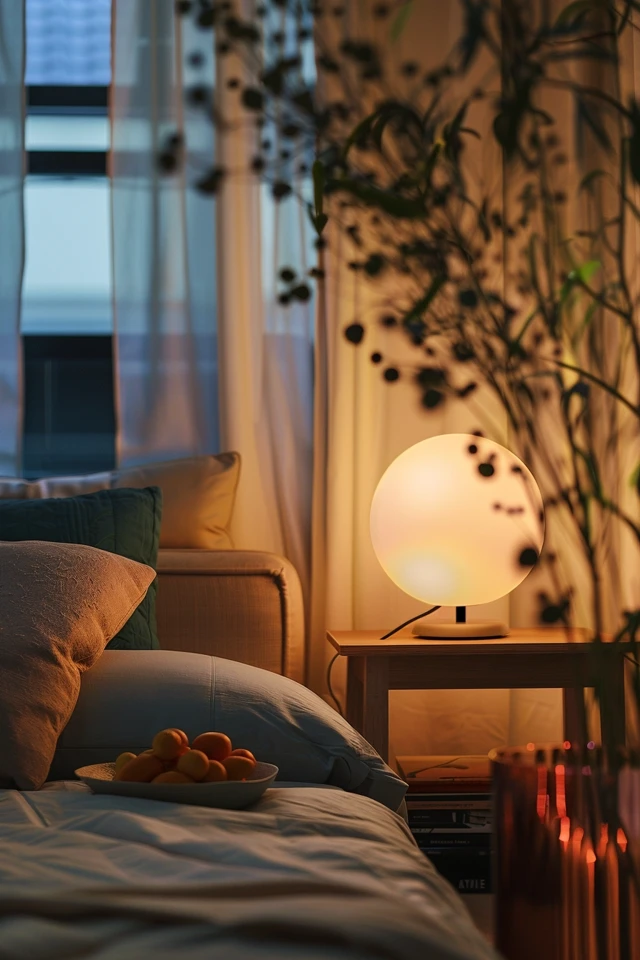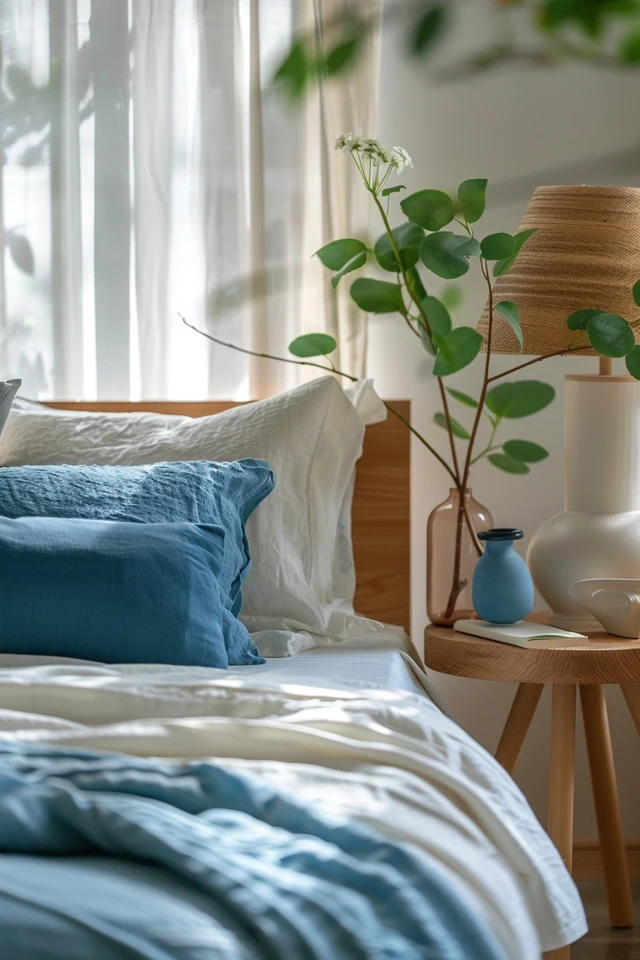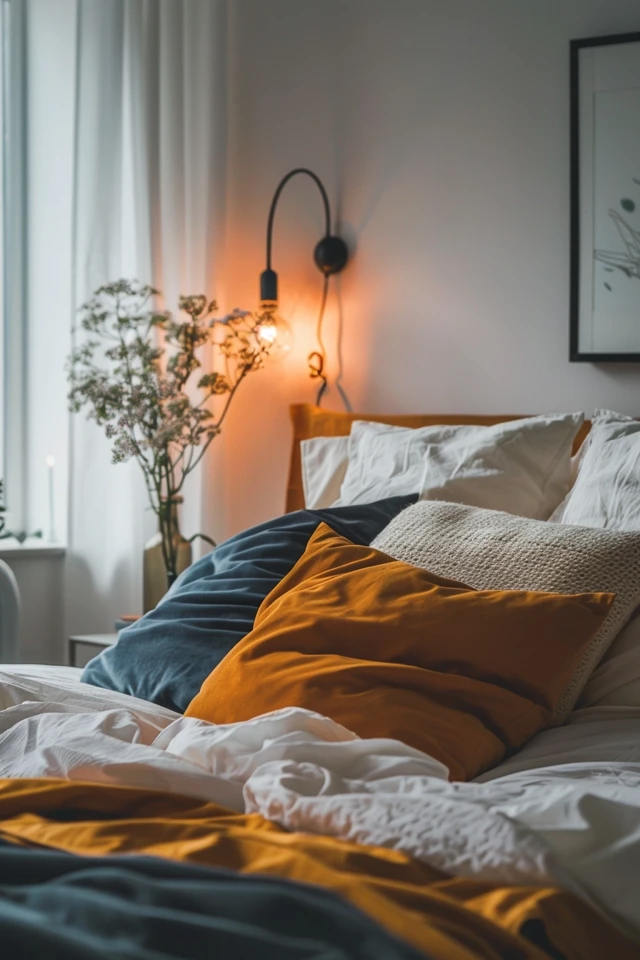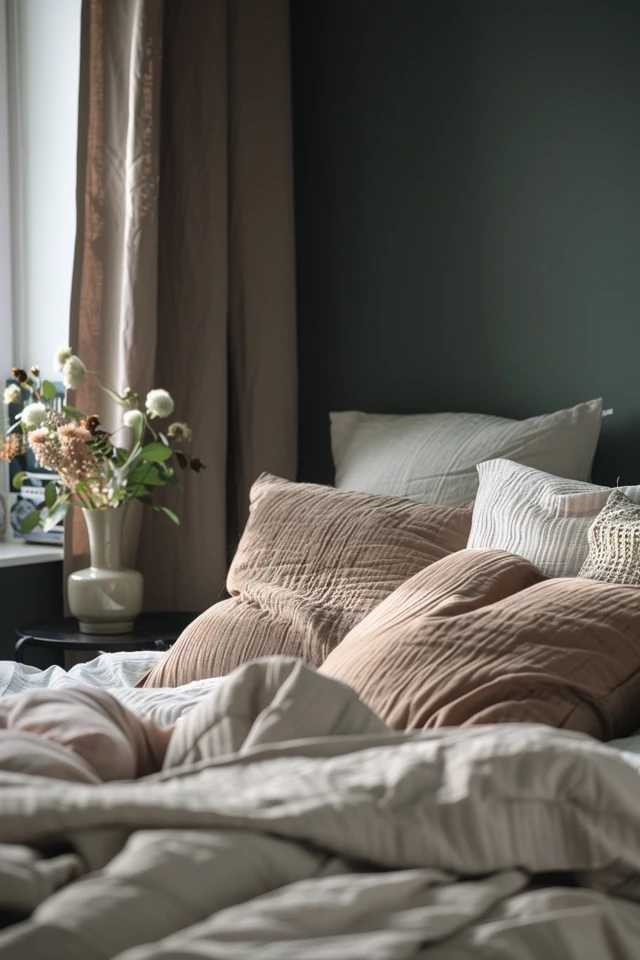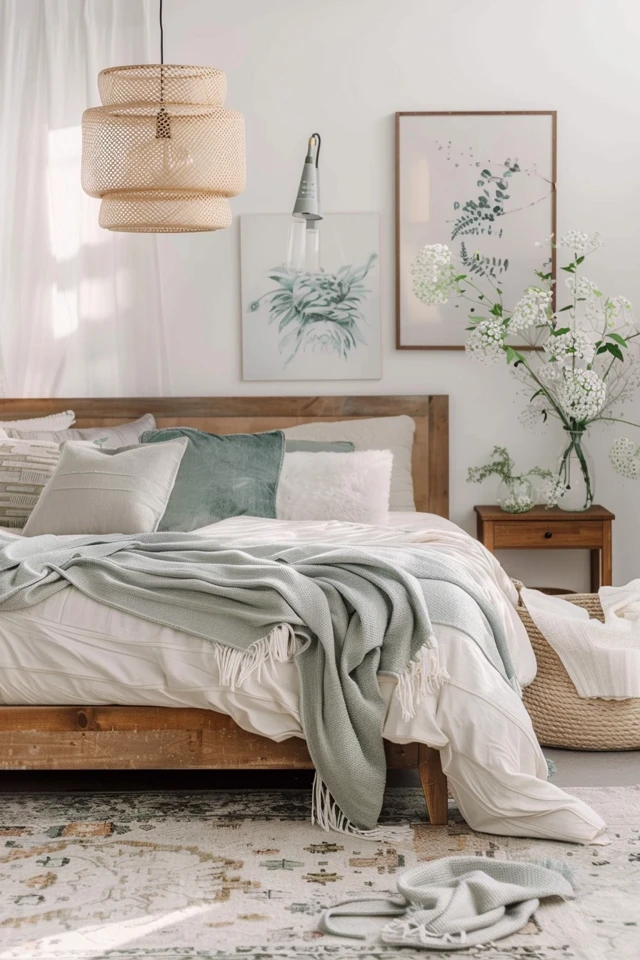Before Reading this Article, Hire Us As Your Designer or Take a Look at My Top 3 Amazon Picks!
If you are looking to blend Amazon's furniture finds with a personalized touch for your space, check out my portfolio, and hire us! You'll get 3 Idea boards, 2 Concept Boards, 2 Realistic Renderings, a Floor Plan, and a Shopping List! Everything's online, plus a 25% discount on your first online interior design project with my Havenly Promo code 4c7441bcfb. With over 2,000 designs since 2017 and top US brand partnerships, your project is in expert hands. US only. Ready to start?
Relaxing Aesthetic Room Night Ideas for Better Sleep
In the hustle and bustle of our modern world, finding solace in our living spaces becomes essential. As an architect and interior designer with a passion for evidence-based design, I’ve seen firsthand the transformative power of a well-designed bedroom in promoting better sleep. This space isn’t just where we end our day; it’s where we recharge and find peace. Crafting a room that fosters relaxation can significantly improve our sleep quality, overall health, and well-being.
Creating a relaxing aesthetic in your bedroom is about more than just aesthetics; it’s about understanding how our environment affects our mental and physical states. Through thoughtful design, we can turn our bedrooms into sanctuaries of calm, conducive to unwinding and deep sleep. Whether you’re looking to make minor adjustments or undertake a complete bedroom overhaul, this guide will provide you with actionable insights to enhance your sleep environment.
The journey to better sleep begins with creating a space that feels serene and inviting. From the choice of colors to the types of materials used, every design decision can contribute to a restful atmosphere. In this article, we’ll explore various strategies and ideas that can help you design a bedroom that not only looks beautiful but also promotes better sleep through thoughtful, evidence-based design principles.
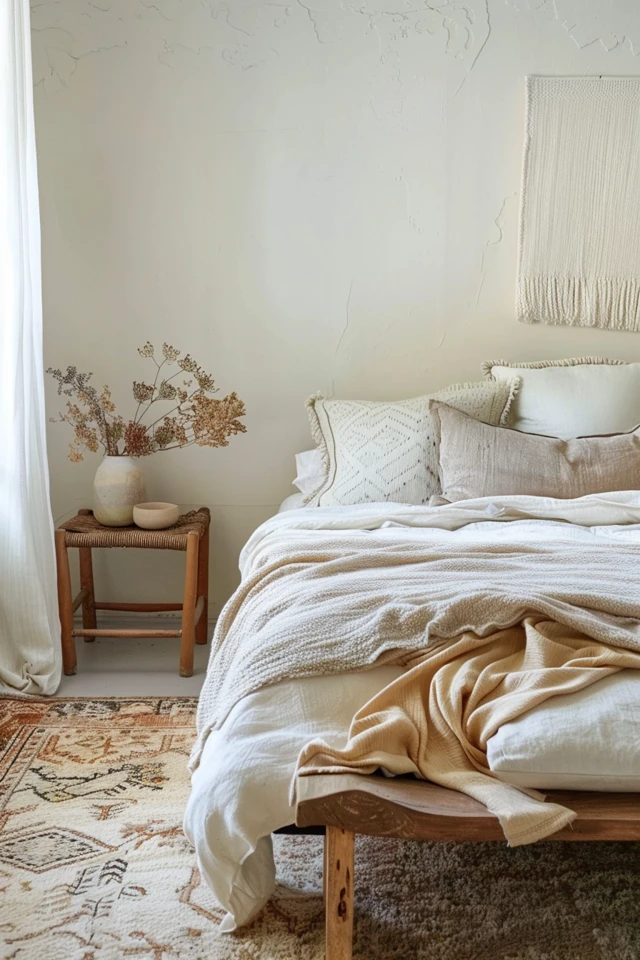
Choosing the Right Colors
Colors play a crucial role in setting the mood of a room. For a relaxing bedroom, opt for colors that are known to promote calm and tranquility. Soft blues, greens, and neutrals are excellent choices. These colors have been shown to reduce stress and anxiety, creating a peaceful environment conducive to sleep.
Tips for Selecting Sleep-Friendly Colors:
- Soft Blues and Greens: These colors mimic nature and have a calming effect on the mind.
- Neutrals: Shades like beige, ivory, and soft grays provide a soothing backdrop without overstimulating the senses.
- Avoid Bright Colors: While vibrant colors can be energizing, they are best kept out of the bedroom to avoid disrupting your sleep cycle.
Lighting for Relaxation
Lighting is a critical element in creating a bedroom that promotes relaxation and sleep. The right lighting can help regulate your body’s natural circadian rhythms, making it easier to fall asleep and wake up refreshed.
Tips for Effective Bedroom Lighting:
- Warm, Dim Lighting: Use warm, dimmable lights to create a cozy atmosphere in the evening. Avoid bright, harsh lighting before bedtime.
- Layered Lighting: Incorporate multiple light sources, such as bedside lamps, floor lamps, and wall sconces, to create a versatile lighting scheme that can be adjusted based on your needs.
- Smart Lighting: Consider using smart bulbs that can be programmed to gradually dim as bedtime approaches, mimicking the natural sunset and preparing your body for sleep.
Furniture and Layout
The furniture and layout of your bedroom can significantly impact your ability to relax and sleep well. A clutter-free, well-organized space allows for better airflow and a more serene environment.
Tips for Bedroom Furniture and Layout:
- Minimalist Approach: Keep furniture to a minimum to avoid clutter and create a sense of openness.
- Comfortable Bed: Invest in a high-quality mattress and pillows that support your preferred sleeping position.
- Functional Layout: Arrange furniture in a way that promotes easy movement and access. Ensure your bed is positioned to avoid direct views of doors or windows, which can be distracting.
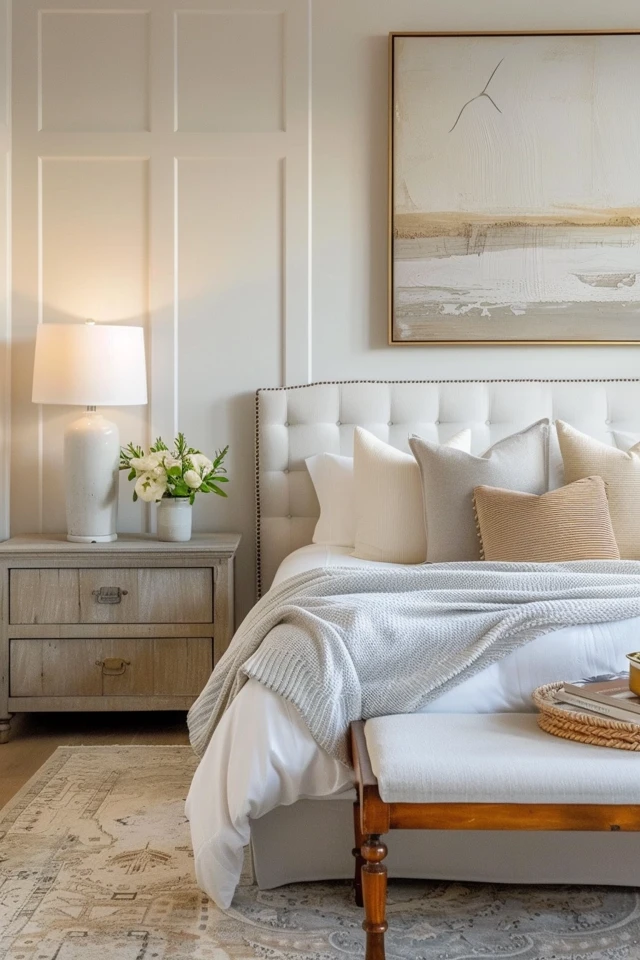
Incorporating Natural Elements
Bringing elements of nature into your bedroom can create a calming and restorative environment. Natural materials and decor can help reduce stress and improve overall sleep quality.
Tips for Using Natural Elements:
- Plants: Incorporate indoor plants like lavender, jasmine, or snake plants, which are known to improve air quality and promote relaxation.
- Natural Materials: Use materials such as wood, cotton, and linen for furniture, bedding, and decor to create a warm and inviting atmosphere.
- Nature-Inspired Decor: Add artwork or photographs featuring natural scenes to enhance the connection with nature.
Sound and Sleep
Noise can be a significant disruptor of sleep. Creating a quiet and peaceful environment is essential for a good night’s rest. Consider incorporating soundproofing elements and white noise machines to block out disruptive sounds.
Tips for Reducing Noise:
- Soundproofing: Use heavy curtains, rugs, and upholstered furniture to absorb sound and reduce noise pollution.
- White Noise Machines: Invest in a white noise machine or a fan to create a consistent background noise that can mask other disturbances.
- Quiet Decor: Avoid noisy decor items like ticking clocks or squeaky furniture.
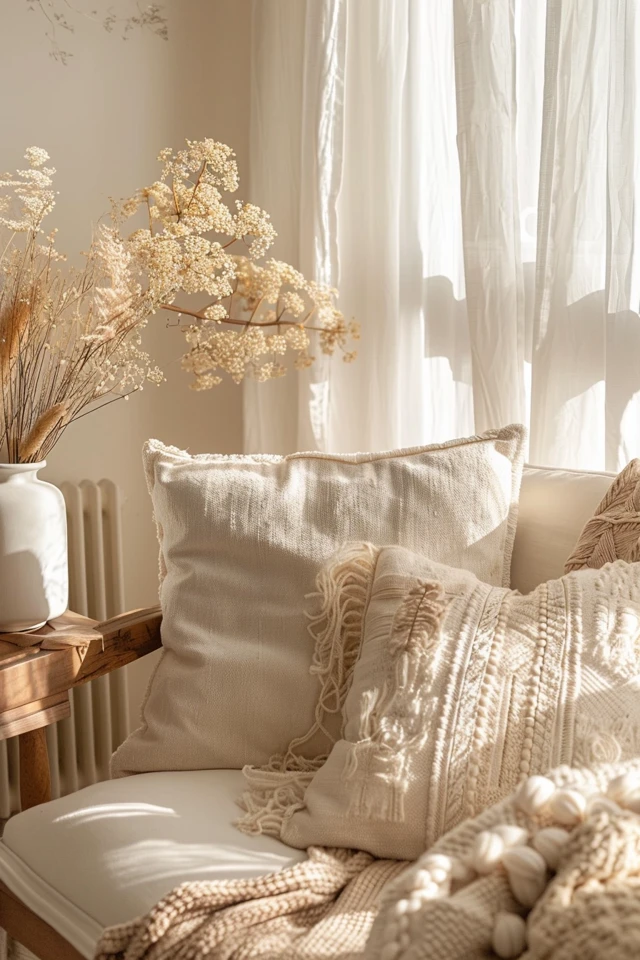
Aromatherapy for Better Sleep
Aromatherapy can be a powerful tool in promoting relaxation and better sleep. Certain scents have been shown to have a calming effect on the mind and body, making it easier to drift off to sleep.
Tips for Using Aromatherapy:
- Essential Oils: Use essential oils like lavender, chamomile, or sandalwood in a diffuser to create a soothing atmosphere.
- Scented Candles: Light scented candles before bedtime to help signal to your body that it’s time to wind down.
- Pillow Sprays: Use a calming pillow spray infused with relaxing scents to enhance your sleep environment.
Technology and Sleep
While technology has its place, it’s essential to create a bedroom environment that minimizes its impact on your sleep. Blue light from screens can interfere with your body’s natural sleep-wake cycle, making it harder to fall asleep.
Tips for Managing Technology:
- Screen-Free Zone: Keep electronic devices out of the bedroom to reduce exposure to blue light before bedtime.
- Night Mode: If you must use electronic devices, enable night mode settings to reduce blue light emissions.
- Sleep Apps: Consider using sleep tracking apps to monitor your sleep patterns and identify areas for improvement.
Creating a Personalized Sleep Ritual
Establishing a consistent bedtime routine can signal to your body that it’s time to wind down and prepare for sleep. Personalized rituals can help create a sense of calm and relaxation before bed.
Tips for a Sleep Ritual:
- Wind-Down Time: Set aside 30 minutes to an hour before bed to engage in calming activities like reading, meditating, or gentle stretching.
- Consistent Schedule: Go to bed and wake up at the same time every day to regulate your body’s internal clock.
- Comforting Activities: Incorporate activities that you find soothing and enjoyable, such as listening to soft music or practicing deep breathing exercises.
Conclusion
In our fast-paced world, prioritizing a restful and aesthetically pleasing bedroom can have profound effects on our sleep quality and overall well-being. As an architect and interior designer, I advocate for creating spaces that not only look beautiful but also support our physical and mental health through thoughtful, evidence-based design.
Transforming your bedroom into a sanctuary of calm doesn’t require a complete overhaul; small changes can make a significant difference. By carefully selecting calming colors, optimizing lighting, incorporating natural elements, managing noise, and establishing a personalized sleep ritual, you can create an environment that promotes better sleep and relaxation.
Remember, your bedroom is a personal haven where you should feel most at peace. By implementing these tips, you can enhance your sleep environment and enjoy the restorative benefits of a good night’s sleep, waking up refreshed and ready to face the day. Whether you’re making small adjustments or embarking on a complete redesign, the key is to create a space that feels uniquely yours and supports your journey to better sleep and well-being.
Inspirational Pictures
